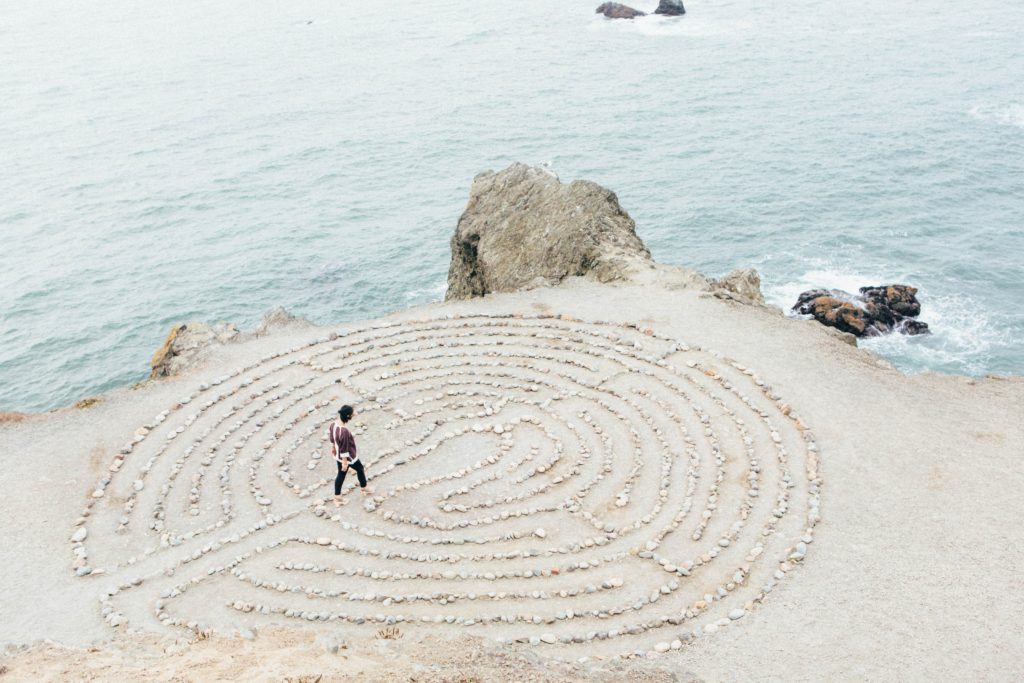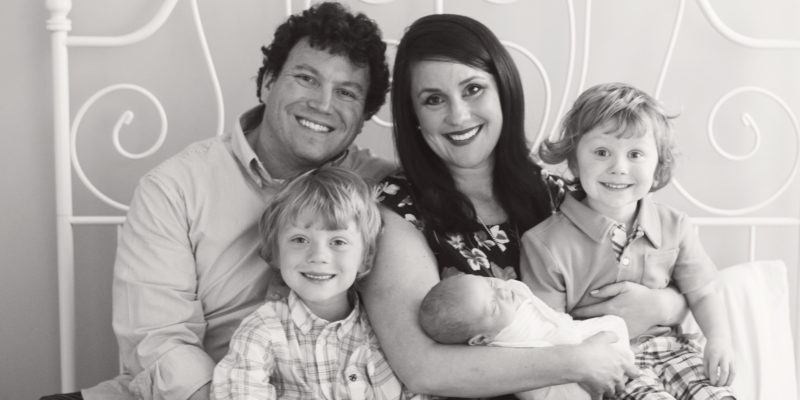
In a previous post, I explained some basic spiritual practices for deepening your relationship with God. Here’s part 2 of that blog as I promised. Below are more suggestions for creative ways you can pursue the Holy One.
Journaling
Journaling is the written practice of naming the inner and exterior movements of the Spirit in your world. It is often added to other practices (like Lectio Divina, centering prayer) to enhance them.
Journaling could be keeping a record of prayers, holy conversations, recollections of the day (Daily Examen), and even personal history. Within the practice of journaling, it is good to review what you’ve written to help draw connections and realizations. And when you’re struggling, you can look back and remember all the ways God has carried you before. And he’ll carry you again.
Pilgrimage
A pilgrimage is a physical journey to an actual place of spiritual significance, such as to the place where you were first aware of God or where you surrendered to God (like Jacob in his encounter with the angel). Often the lessons and experiences of the journey to a site of pilgrimage are as shaping to the soul as actually being at the holy site.
Pilgrimage has been around for centuries in the Christian tradition. In the middle centuries it was a dangerous practice, often leading to death. Today, you might hear people traveling to Israel as a pilgrimage to walk where Jesus did and to see where the apostle Paul preached.
Labyrinth
A labyrinth is a physical tool of prayer, centering, calm, and even pilgrimage. In the middle ages, they were set into cathedral floors because cathedrals were deemed spaces of holy pilgrimage during that time.
Think of the labyrinth was a reflective prayer walk. As you walk closer to the center, you let go of those things hindering your spiritual growth. At the center, you receive the gifts of God’s grace, mercy and love. As you go out, you take those gives into the world.
You can find labyrinths at monasteries and other religious grounds. You can also purchase a hand-held labyrinth and use it as a guide to prayer, using your finger to circle in and out of the sacred space.
Fasting
Fasting is the practice of placing your body’s need and urges aside in order to be fully present to God. It is often practiced by individuals seeking discernment from God. Traditionally, fasting is the abstinence of food. However, many people today will fast from technology, social media, or other distractions in order to make more space for God.
Sabbath
God commanded His people to honor the Sabbath. There’s a reason God issued it–because you and I would run ourselves into he ground otherwise. Keeping at Sabbath is not only a healthy practice for the body and soul, but also a practice of social resistance, especially in today’s world where nothing stops.
In the Jewish tradition of Shabbot, there is a bit of rush to prepare oneself and household. But at the evening of Friday, the Jewish people light a candle, say prayers and begin their sabbath. Work is not completely absent, but it is minimal. Saying no to work today is truly countercultural.
Means of Grace (Offering Grace)
From a Methodist perspective, this is called works of piety. Individually, it includes regular prayer, searching the Scriptures, and fasting. However, externally the works look more missional; visiting the sick and elderly and imprisoned, clothing and feeding the impoverished, caring for the sick, and seeking your justice cause. It is a way to extend the grace of God in a practical way to the people around us.
Spiritual Direction
Also called spiritual companionship or spiritual friendship, this is the practice of sitting with another person who is trained in listening and who creates a safe space for you to notice and explore God’s movements in your life. It is a practice that probably dates back to Saint John Cassian with his creation of a monastery, where a young monk was assigned an older monk to help guide their spiritual formation.
One thing to keep in mind: your spiritual practices will change over seasons of your life. You may not be drawn to centering prayer or a labyrinth right now, but in a few months, both may be significant tools in your growth. Don’t feel locked in to one practice.



Leave a Reply